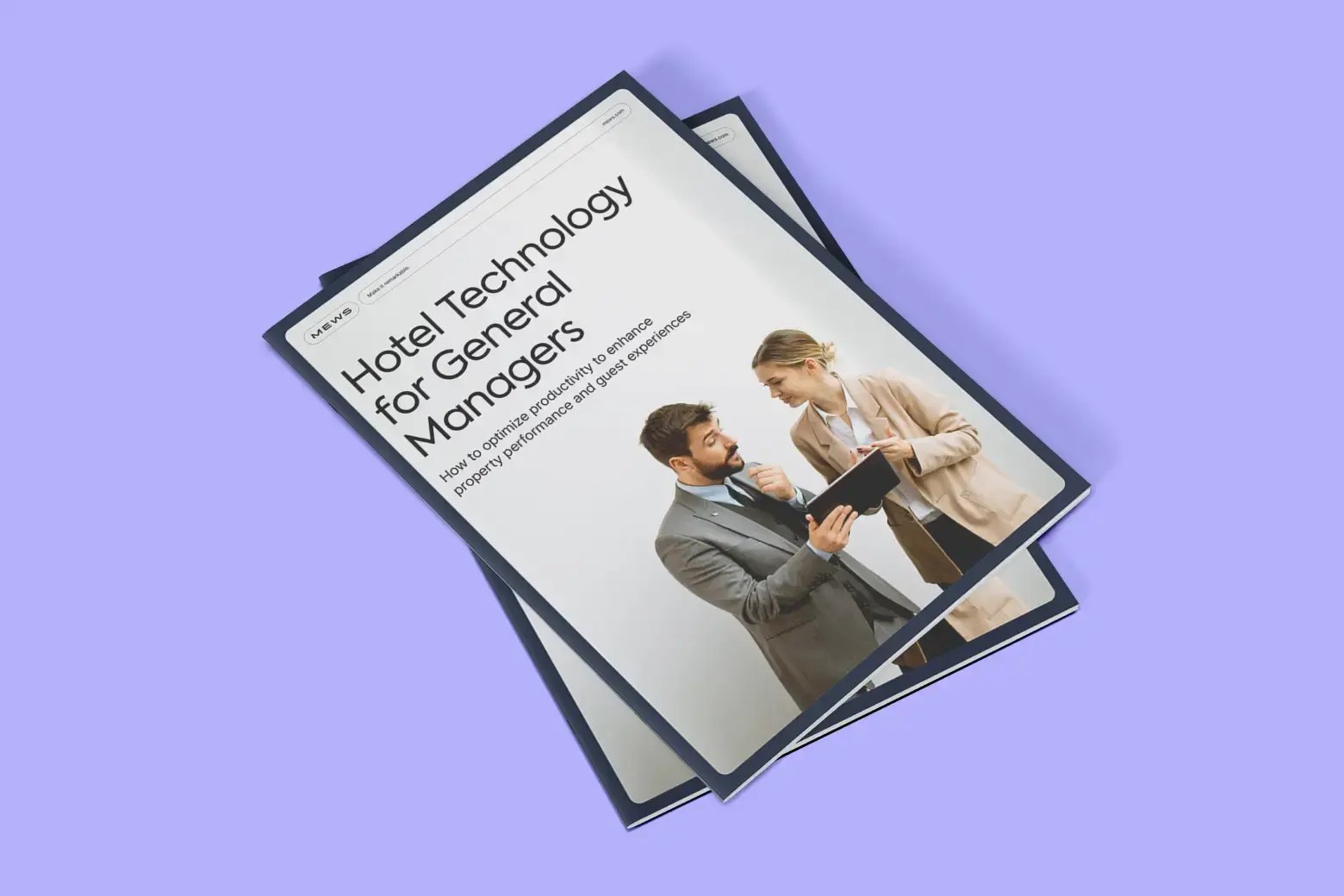I commute. Not every day, but enough to ‘appreciate’ the experience of it. I commute from Whistable, Kent, to London, which — on paper — should take 1h13m. Now, compare this with a journey from the 1850s, where London to Whitstable was completed in under one hour. This was shortly after the railway revolution in the United Kingdom, which utilised state-of-the-art technology and pure determination to create rail networks that connected the country like never before.
Despite 150 years of innovation in new engines, more efficient fuel and energy, better carriages, lighter material, sophisticated computers to manage scheduling, and safety regulations to avoid accidents, today in 2019, the journey time between London and Whitstable is 34% longer than it was in the 1850s.
Today in 2019, the journey time between London and Whitstable is 34% longer than it was in the 1850s.
And what do we do? We accept it. We sit there, day in day out, listening to podcasts, watching movies, responding to emails, shouting into the phone: “I’m going into a tunnel!”. We utilise our time, but still, we accept it as a matter of fact. We also accept the rising financial cost of this pleasure – an increase of 35% over the last decade alone – because in reality there is no alternative.
Of course, there are various socio-political factors that negatively affect innovation within the train industry. There are more stations and therefore more stops, there are more people and there are more trains. But the solutions we’ve come up with are treating the symptoms rather than the cause: by trying to solve these challenges we’ve fallen into a ‘franchise’-like spiral of more, larger, faster – rather than looking at a better or a different approach.
So what has all this got to do with hotel content and ARI (average rate index) distribution, you wonder? Let’s go back in time to the 1970s where the complex problem of tracking flight schedules, allocation and pricing needed to be solved. The innovative way of thinking about these problems gave birth to global distribution systems (GDSs), who were among the first e-commerce companies in the world facilitating B2B electronic commerce. Similar to the first tracks being laid in the United Kingdom to create a connected network across the country, the GDSs opened up sales opportunities to a network of agencies across the globe.
Yes, we have new booking tools, more connections and opportunities to check-in online using the end-suppliers’ applications, but we are still bound by the restrictions of 1970s GDS architectural technology
Fast forward almost 50 years to today’s distribution landscape. There are new technologies in hardware, software and networking, each as groundbreaking as the next: cell phones in 1973; the internet (TCP/IP in 1983 and WWW in 1990); broadband in 2000; the iPhone in 2007; Mews in 2012... But to this day, business travel is managed and booked primarily through the GDS. Like my fellow commuters, agents and business travellers are accepting this reality. Yes, we have new booking tools, more connections and opportunities to check-in online using the end-suppliers’ applications, but we are still bound by the restrictions of 1970s GDS architectural technology – just like our super-fast HS1 or HS2 trains are restricted by the rails that they are rolling on.
There have been signs of break-throughs in the airline industry, again the driver for agency distribution. New Distribution Capability (NDC) created by IATA (International Air Transport Association), is designed to provide better distribution and retailing opportunities for airlines. Lufthansa and British Airways have both shifted their lowest rates to NDC only and committed to providing 20% of indirect bookings via the NDC network by 2020.
...many of today’s technologies can’t be utilised effectively since the GDS does not support these modern demands.
But unfortunately, hotels are being left behind. Even today, all business travel where a fixed corporate price has been negotiated is distributed and booked via GDS. CRS companies, where the big players have been bought up by one of the GDSs (Sabre SynXis, Amadeus Travelclick), continue to support and enforce this distribution model, without pushing for innovation and expansion of services and features on the GDS. This means that many of today’s technologies can’t be utilised effectively since the GDS does not support these modern demands. This includes:
- Automated commission payouts
- Flexible retailing
- On-demand marketing
- Intuitive revenue management
- Attribute-based room sales
- Combined room and MICE bookings
- Dynamic RFP Management
The list goes on.
At Mews, we believe that these restrictions must be challenged. We must be able to provide the breadth of functionality available in hotel property management systems to agencies, and share with travel management companies the work we’ve done in providing a seamless guest experience. To do that, we’ve built extensive open APIs with which agency software can integrate. Not only do we provide these open APIs, but also free consultancy on how to use them and make the most of them.
Let’s make a real change in the industry: simplify the way we distribute, simplify the way hotels interact with agencies and corporates, simplify the way we provision negotiated rates and ultimately enhance business travellers’ experiences.
Let’s go beyond the narrow scope of thought that lengthened commuter journeys. It’s time to embrace truly innovative hotel distribution and leave the traditional tracks behind.

Author
Josef Lapka
Josef is a product management leader with a passion for hotel tech. As well as having buckets of experience in public and private sectors across multiple industries, he's also a really lovely guy.

Essential hotel technology for general managers
Download now
Hospitality hot takes straight to your inbox

.jpg?width=624&height=555&name=GLAMPING%20(1).jpg)
.webp)